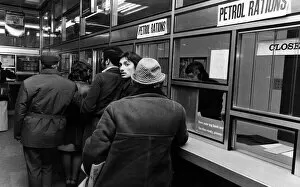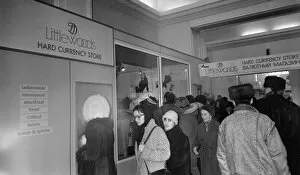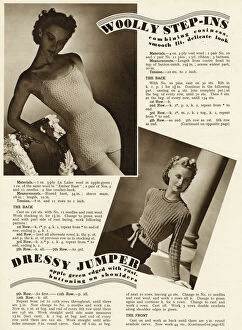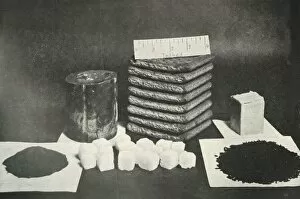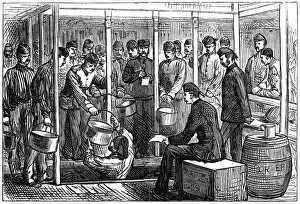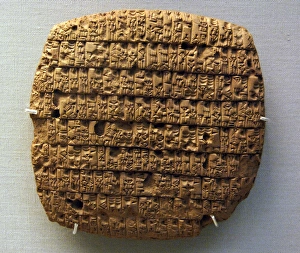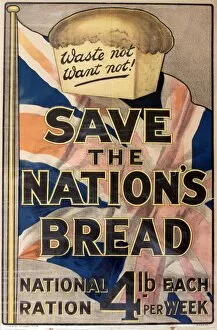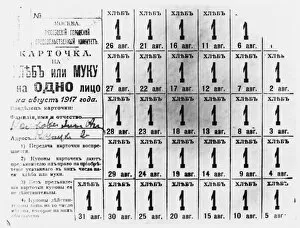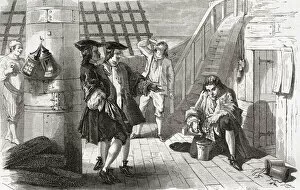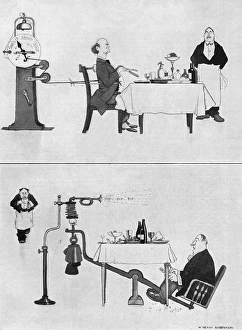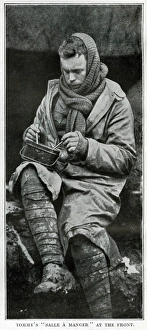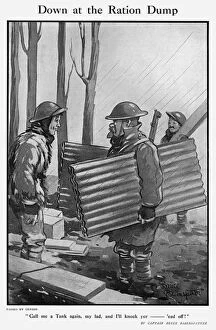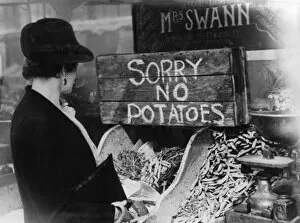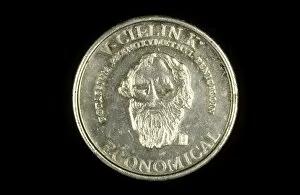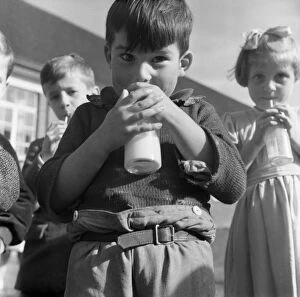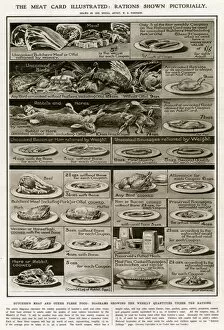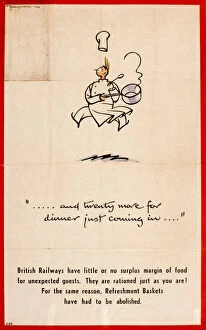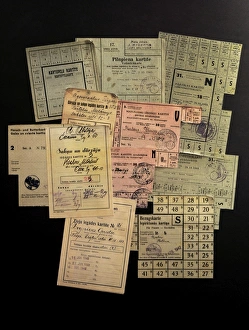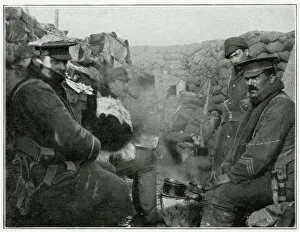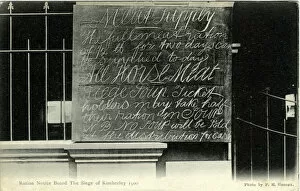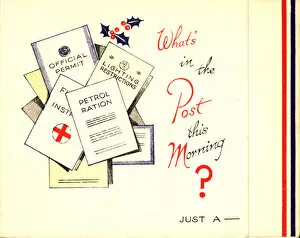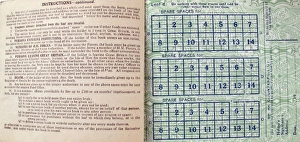Ration Collection (page 2)
"Surviving on limited resources: A glimpse into the world of rationing during WW2" During World War II
All Professionally Made to Order for Quick Shipping
"Surviving on limited resources: A glimpse into the world of rationing during WW2" During World War II, clothing coupons became a valuable currency as people had to carefully manage their wardrobes. Advertisements for Horlicks malted milk tablets in 1916 highlighted the importance of nutrition even during times of rationing. In July 1942, families received their ration books, which determined how much food they could purchase each week. Dolcis shoes advertised that shoppers could buy their products with just five precious coupons in 1941. Sugar was also strictly controlled, and individuals were allowed only two pounds per month. Ration cards played a crucial role in ensuring fair distribution and preventing hoarding during these challenging times. The scarcity extended beyond food and sugar; coffee was also heavily regulated. Desclieux Coffee Plant's advertisement showcased the struggle to obtain this beloved beverage amidst wartime restrictions. Knitting patterns from 1941 encouraged creativity by providing instructions for making garments using limited materials. This resourcefulness helped stretch available supplies while maintaining a sense of style. Even festive occasions like Christmas and birthdays were affected by rationing. WW2-themed greeting cards depicted celebrations with reminders of clothes being scarce or long queues for essential items like beeswax candles. Rationing became an integral part of daily life during WWII, forcing individuals to adapt and make do with what little they had. It serves as a reminder of resilience and unity in times of hardship.

